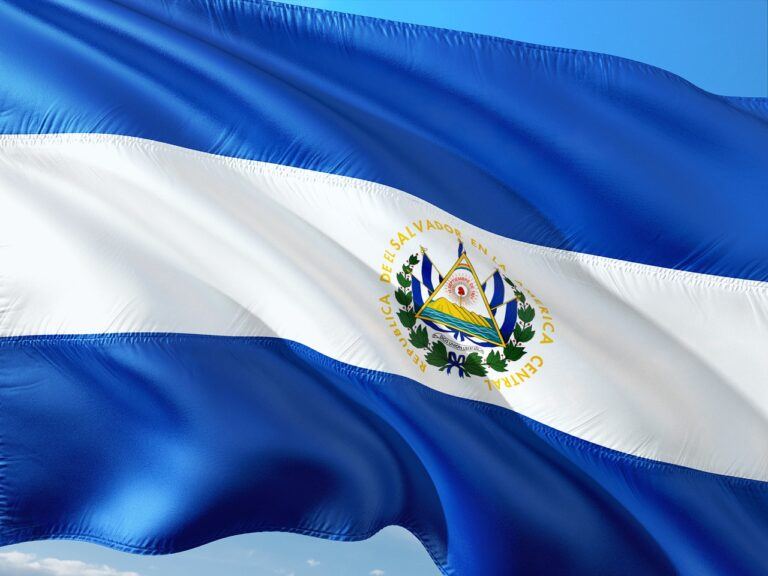Mexican-Salvadoran ballet dancer and beauty queen Alejandra Guajardo, who was crowned Miss Universe El Salvador 2022 on August 13, 2022, has actively promoted Bitcoin adoption on social media.
On April 23, 2023, she encouraged others to share their knowledge of Bitcoin with the women in their lives, emphasizing the potential for financial freedom and empowerment.
On April 22, 2023, Guajardo took pride in representing her country at the most recent Miss Universe pageant and donning her national dress, showcasing El Salvador’s monetary history and innovative spirit, and highlighting the nation’s progress in Bitcoin adoption.
Guajardo sported a costume featuring a “physical Bitcoin” during the national costume competition of the 71st Miss Universe pageant, held on January 14, 2023, in New Orleans.
She explained on Instagram that the outfit symbolizes the history of El Salvador’s currency and its transformation from the Colón to the U.S. dollar, and finally to the adoption of Bitcoin as legal tender in 2021:
“From 1892 until the dollar’s introduction on January 1, 2001, the Colón was El Salvador’s national currency. By adopting Bitcoin as legal cash in 2021, El Salvador established itself as a forward-thinking nation with a clear vision for the future. The history of El Salvador’s currency offers a window into the ways in which the country’s citizens have adapted to changing economic conditions.“
On March 8, 2023, she expressed her honor in launching her 30-piece Ordinal collection on International Women’s Day and urged women to strive for greater equality and economic empowerment in the technology industry.
The following day, Guajardo shared her excitement about the Ordinal collection, which celebrates El Salvador’s historic Bitcoin adoption. The collection comprises 30 unique photos featuring the Bitcoin dress she wore at the Miss Universe contest. She encouraged her followers not to miss the opportunity to own one of these exclusive, one-of-a-kind pieces from the collection.
Casey Rodarmor, the creator of the Ordinals project and former Bitcoin Core contributor, has explained in a blog post published on January 20, 2023 that the Ordinals protocol supports “inscriptions” on the Bitcoin blockchain. Inscriptions are digital artifacts created by inscribing sats with content using ord, which can be viewed with the ordinals explorer. Unlike many existing NFTs, inscriptions do not require a separate token, a side chain, or changes to the Bitcoin protocol.
Rodarmor believes that inscriptions are a type of NFT held to a higher standard as true digital artifacts. For an NFT to be considered a digital artifact, it must be decentralized, immutable, on-chain, and unrestricted. In contrast, many NFTs are not fully on-chain, are on centralized chains, and have back-door admin keys. Inscriptions, on the other hand, are true digital artifacts that are immutable and on-chain. They are created on the world’s oldest, most decentralized, and most secure blockchain and do not require individual auditing to determine their properties.
On February 14, 2023, James Killick wrote an article for “Start With NFTs” that explained the differences between Stacks NFTs and Ordinals:
- “Inscriptions store all content immutably—rendering it impossible to remove any unauthorized or inappropriate material.
- When the transaction size increases, nodes may be required to pay higher fees and experience increased demands.
- As a consequence of the soaring acceptance of ordinals, the average block size has amplified, meaning greater fees per block. This could have an incredibly unfavourable impact on the Bitcoin community if it continues to grow exponentially.
- The recent NFTs and media on Bitcoin have already taken up a shocking 500 megabytes of storage, costing creators over 6 BTC (around $155K) in no time. That’s an incredible amount of money for such little memory!“
Image Credit
Featured Image via Pixabay









